THE STRATEGIST: How did Ocon leap up to P4 from P16 in Las Vegas – and why did Gasly’s race go the other way?
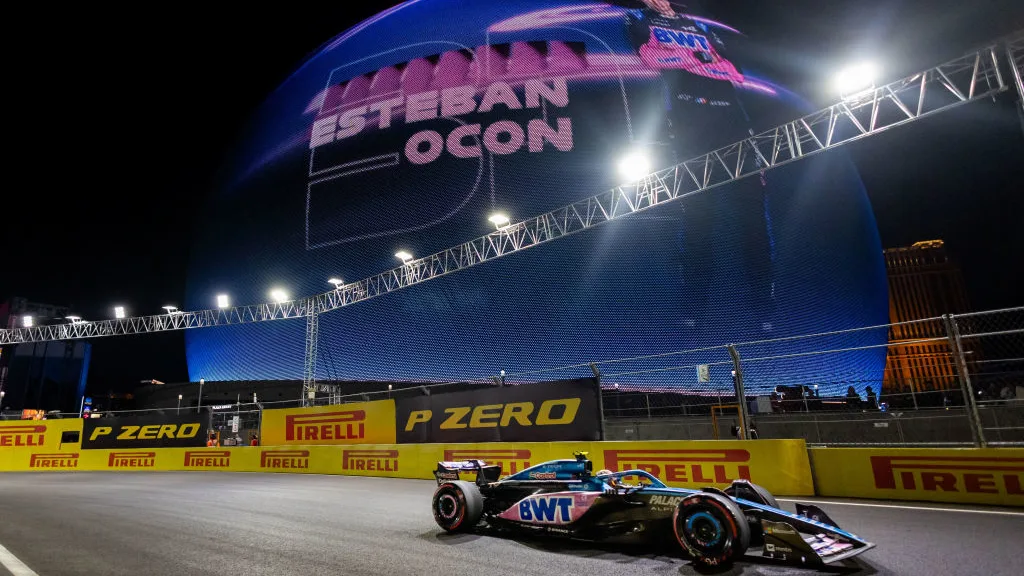
Pierre Gasly impressed in qualifying in Las Vegas to finish P5 on the timing sheets and therefore line up P4 for the race after Carlos Sainz’s penalty was applied. His Alpine team mate Esteban Ocon meanwhile exited qualifying in Q1 and started 16th. However in the race their fortunes were reversed with Ocon finishing P4, having gaining an impressive 12 positions, while Gasly dropped from his second row grid slot to finish outside the points – and seven positions behind Ocon.
Both drivers ran very similar strategies – a one-stop strategy starting on the medium tyres and moving to the hard – neither had any incidents nor penalties to disadvantage them and neither gained from a Safety Car deployment or red flag. So why the dramatic difference in fortunes for the two Frenchmen in the same car? Former Aston Martin strategist Bernie Collins investigates…
Next Up
Related Articles
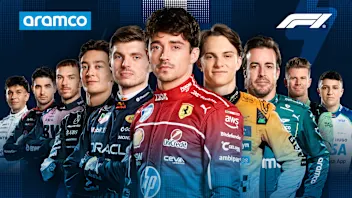 Power RankingsWho did our judges rank as the best F1 driver of 2025?
Power RankingsWho did our judges rank as the best F1 driver of 2025?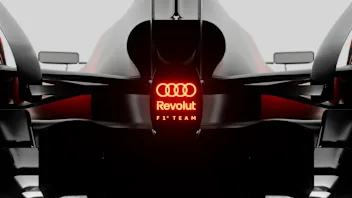 Audi announce team name and global launch date for 2026 challenger
Audi announce team name and global launch date for 2026 challenger Norris collects World Championship trophy at FIA Awards
Norris collects World Championship trophy at FIA Awards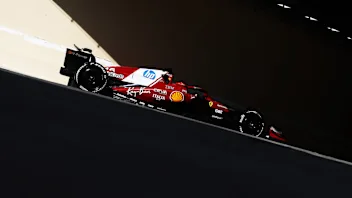 Ferrari confirm launch date for 2026 campaign
Ferrari confirm launch date for 2026 campaign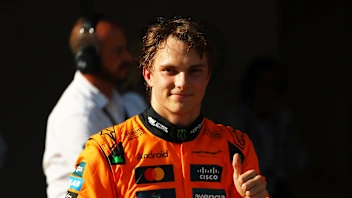 Piastri reveals lessons that will ‘only make me stronger’
Piastri reveals lessons that will ‘only make me stronger’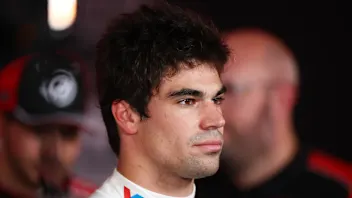 Stroll opens up on 'noise' that has followed him in F1
Stroll opens up on 'noise' that has followed him in F1
